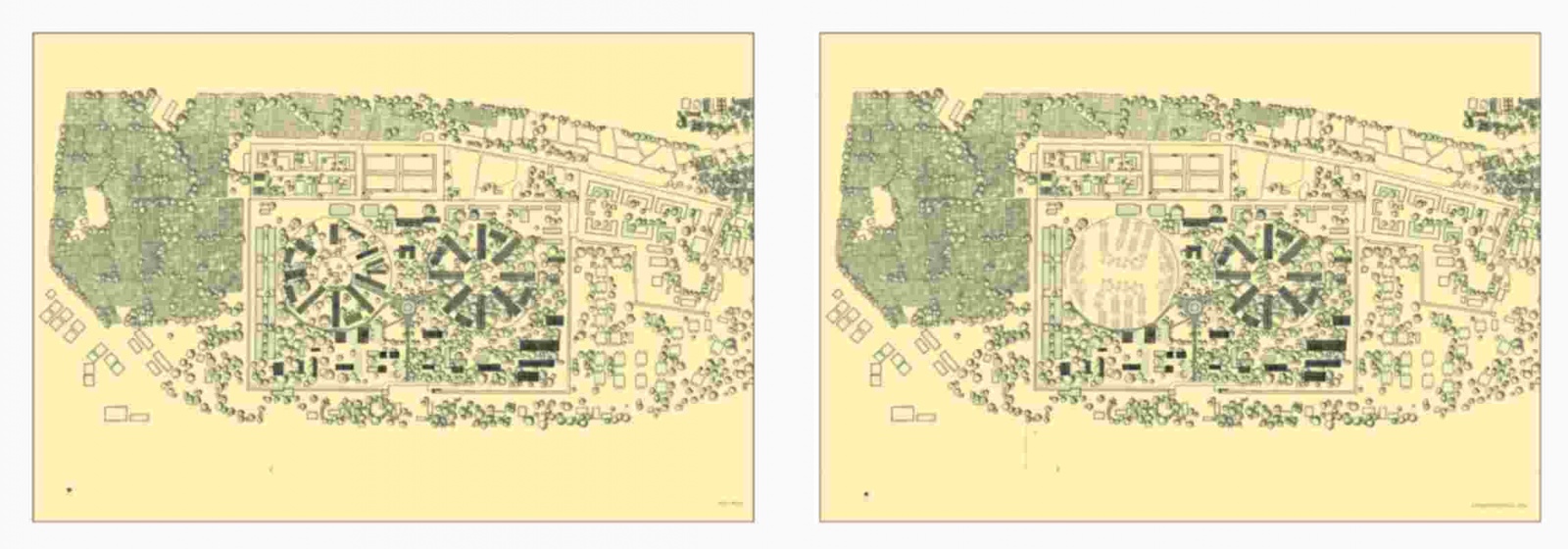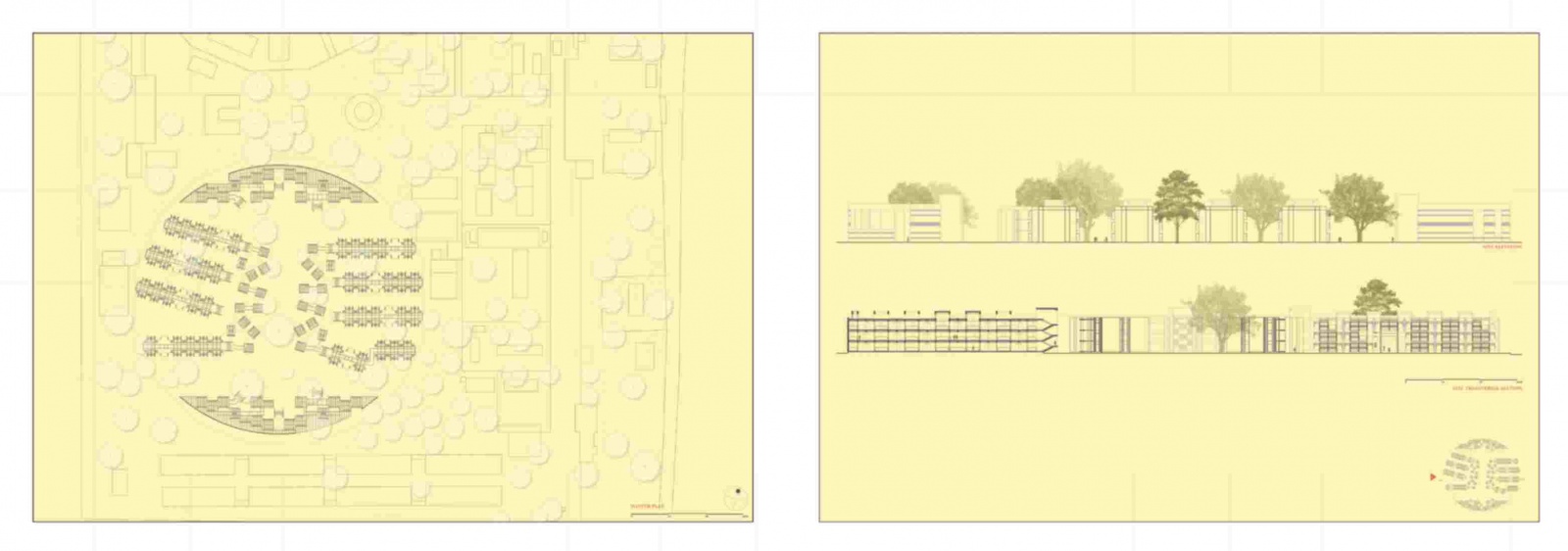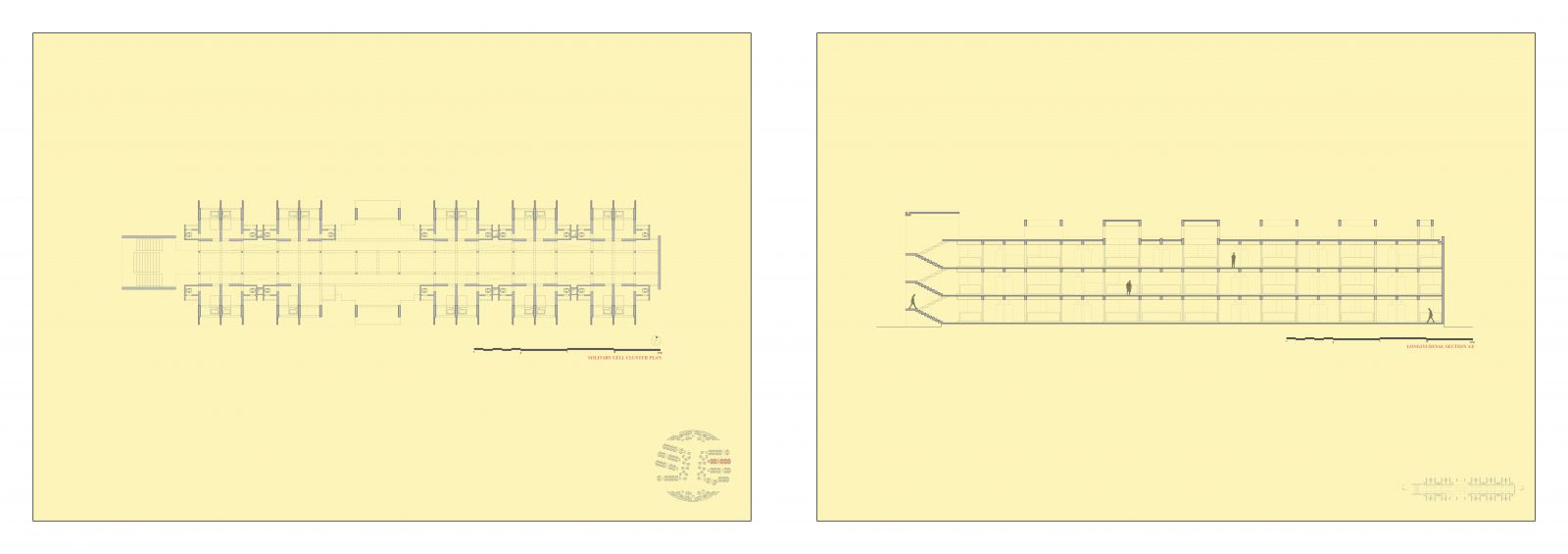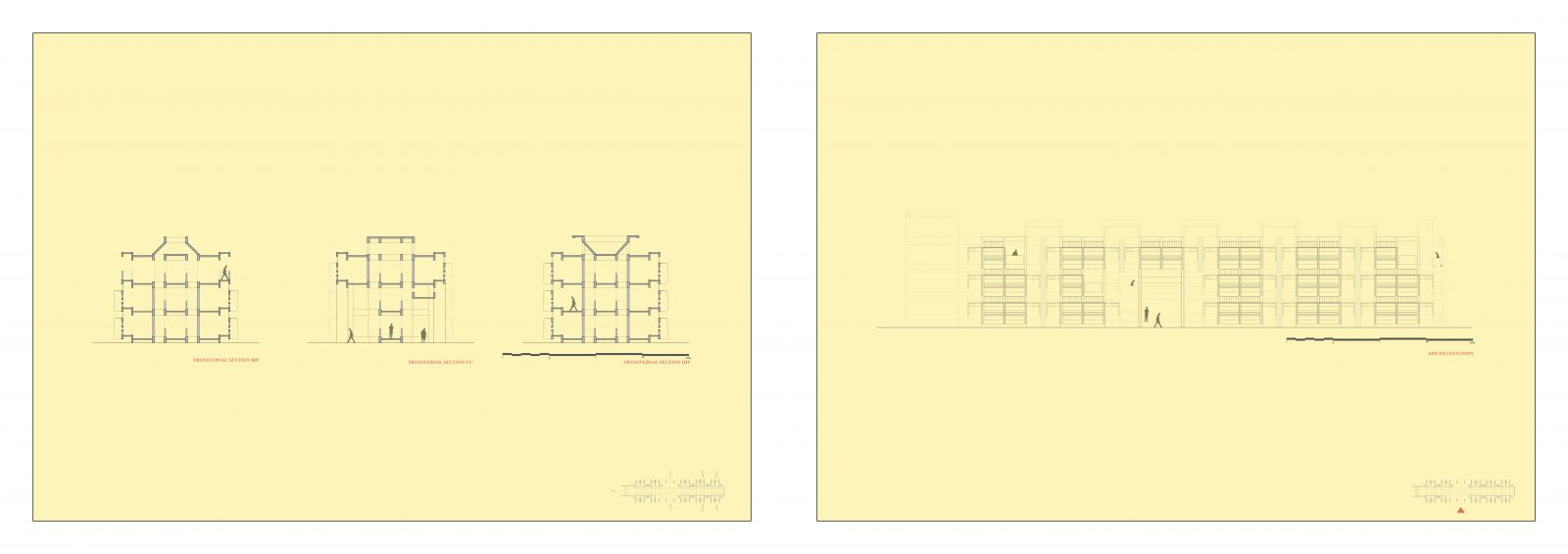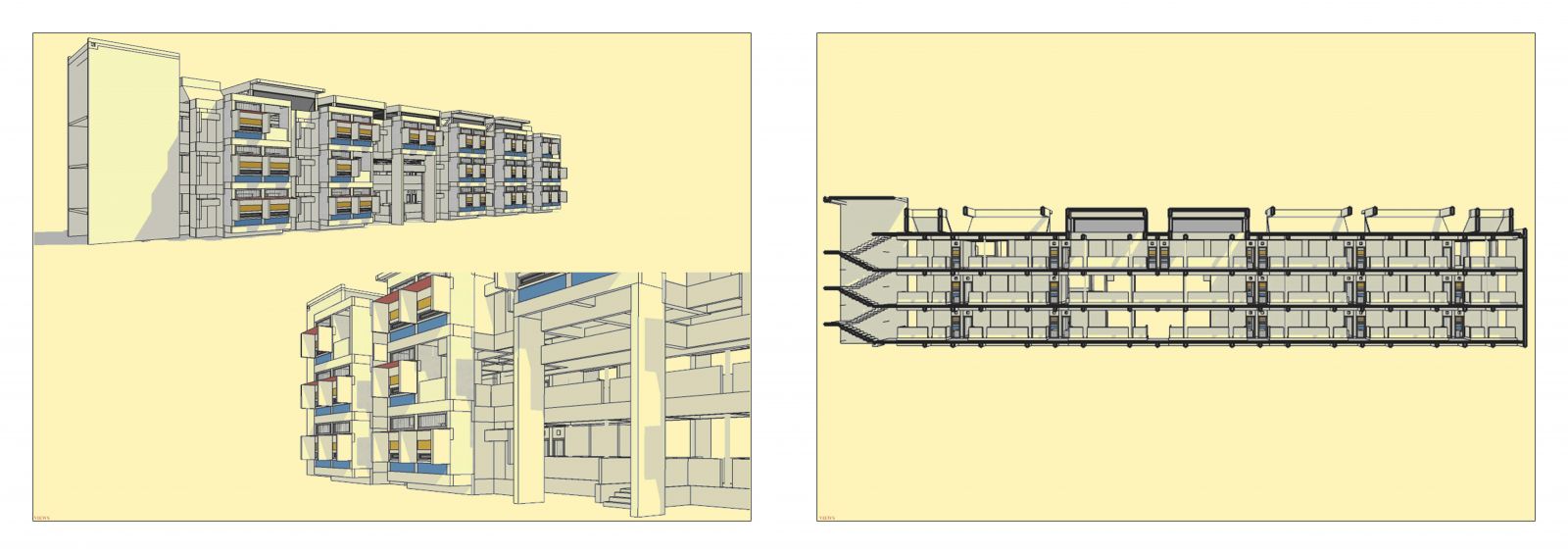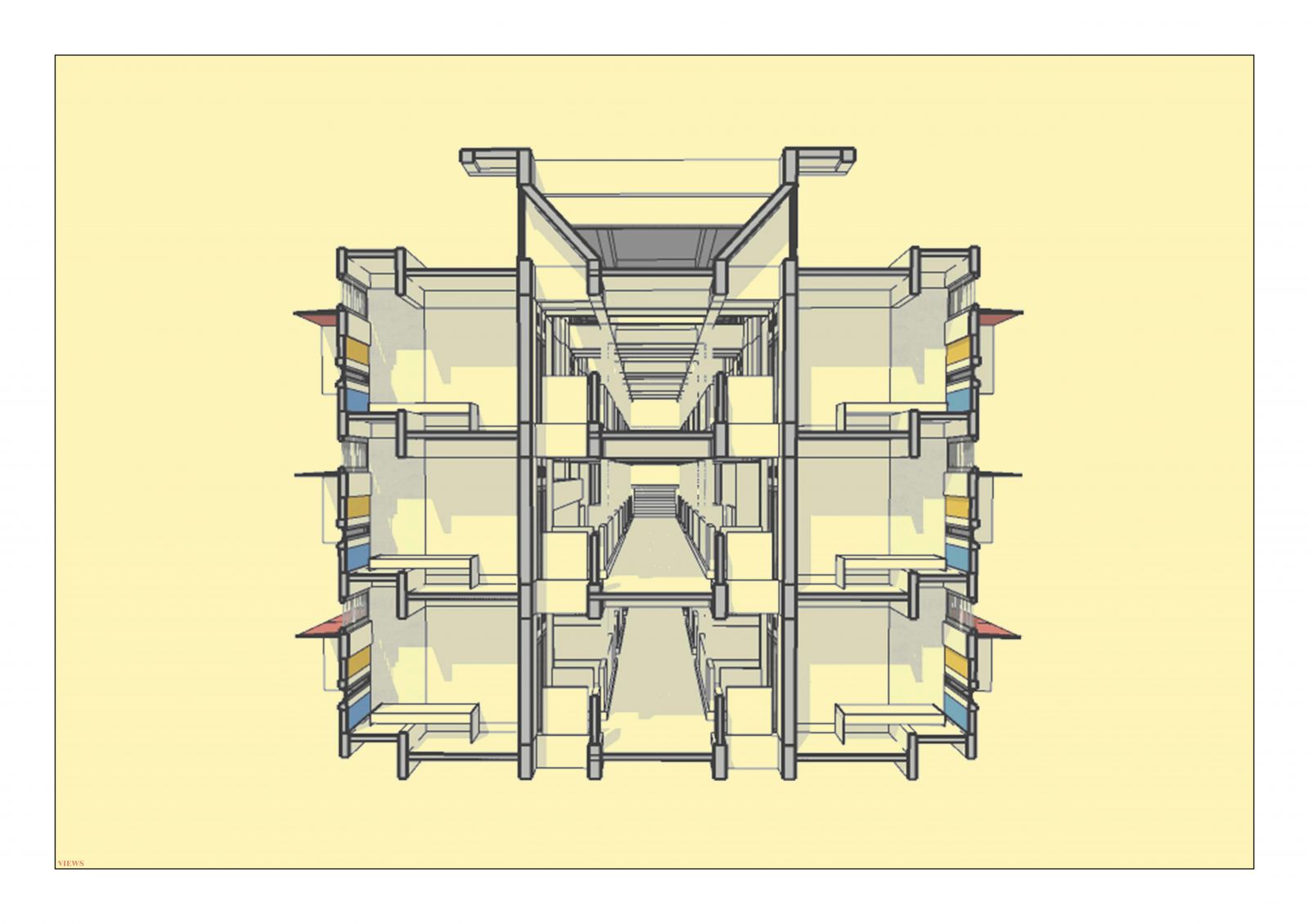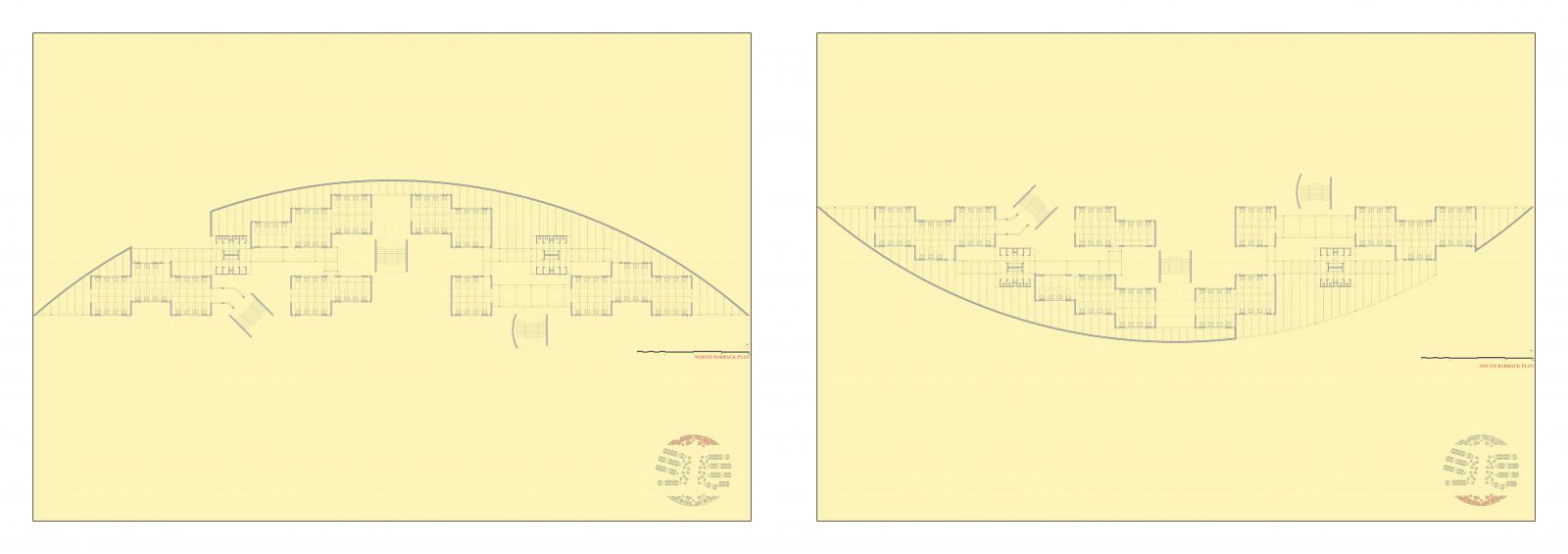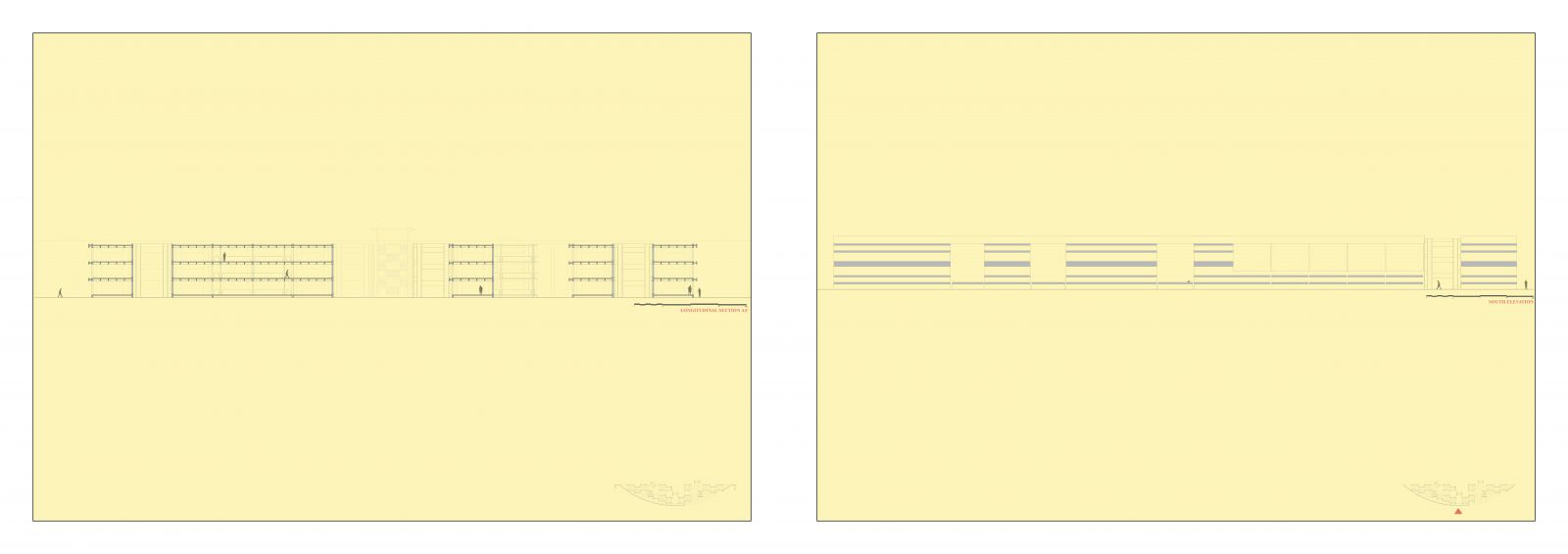- Student SHAH YOGAN DIVYESH
- Code UG191548
- Faculty Architecture
- Unit L3 Studio Unit
- Tutor/s Snehal Shah
- TA Bageshri Thakar,Karan Makwana
An attempt to find a new spatial organization in order to reclaim and reintroduce values that have become completely alienated today: the value of land as an inalienable common good, geographical and cosmic values, the changing of the seasons, the value of those elements required for man's survival (such as water, air, and light), the value of history and tradition, the value of human labor, and so on. A reference to Le Corbusier's Urban Logic comes together in his The City of Tomorrow (Urbanism), where the individual cell and its social hierarchy demonstrate 'freedom through order' and 'winding' streets are replaced by straight roads'. In the end, architecture is a matter of form. For this reason, Luigi Snozzi says that the design must approach the problems of architecture starting from from. Along with Snozzi, Livio Vacchini reiterates that ‘to be an architect means to give form to a necessity’. And then there is this question: how does form arise? He answers that ‘our designs refer to works made previously, and our work is generally concerned with ‘transformation’ of that which already exists. He by stating four rules from St.Thomas [Aquinas]: Integrity –- the form of a building must be sufficient within itself, it must be an end in itself. Totality –- the different parts of the building must not be fragmented. There are no [singular] details. Symmetry –- the different parts must be in balance with each other, they must correspond and proportionally in harmony with each other. Charisma –- the building has to be unique, unrepeatable and original and it must carry a personal signature.
